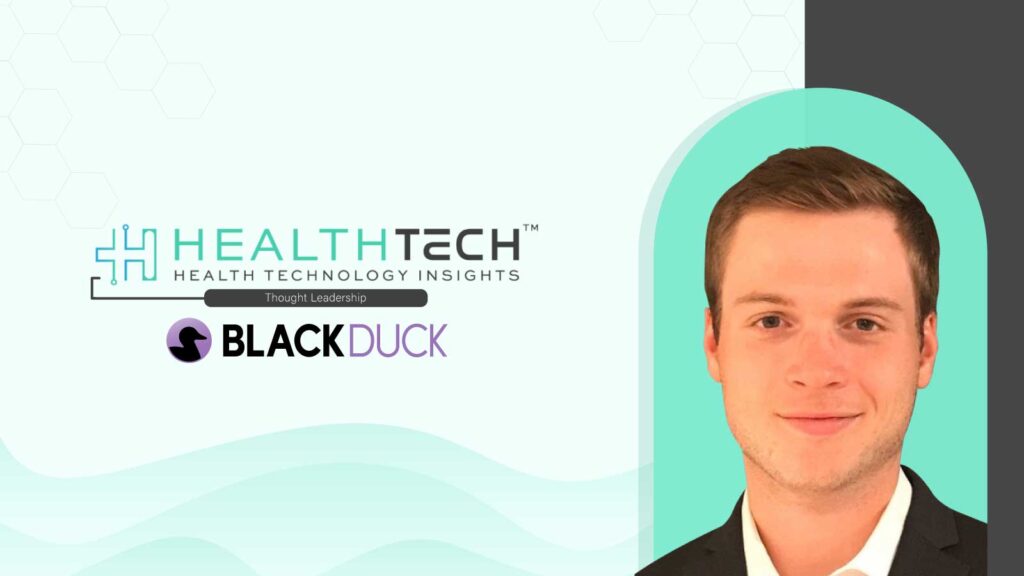In today’s fast-paced healthtech landscape, one-size-fits-all marketing falls flat. Healthcare executives, whether they’re CIOs at hospital networks or decision-makers at biotech firms, expect more. They want relevance, context, and a voice that speaks directly to them. That’s where personalized marketing strategies that resonate with healthcare executives come in.
When done right, personalization is a game-changer. It builds trust, drives engagement, and helps brands cut through the noise. But here’s the twist: healthcare execs aren’t like typical B2B buyers. They operate in a highly regulated, mission-critical environment. And that means marketers need to bring their A-game.
So what exactly does resonate with these leaders? Let’s dive into the top five personalized marketing strategies that are capturing their attention and delivering real results.
1. Data-Driven Segmentation Based on Roles and Buying Stages
Imagine trying to sell a surgical robotics system to both a CFO and a Chief Medical Officer with the same pitch. It won’t fly. Each executive has a different lens and a different set of priorities.
That’s why smart healthtech marketers are embracing role-based segmentation powered by real-time intent data. Platforms like Demandbase and 6sense help segment audiences not just by job title, but by behavior, pain points, and buying stage.
2. Account-Based Marketing (ABM) with Healthcare-Centric Storytelling
Let’s be honest: healthcare executives don’t want generic pitch decks. They want to see how your solution fits into their world. That’s where Account-Based Marketing (ABM) shines.
But here’s the key: ABM must be contextual. Simply knowing a hospital’s name isn’t enough. Personalized ABM for health systems means understanding regional payer networks, regulatory challenges, and even public health priorities.
“We don’t have time for fluff. Show me that you understand what’s keeping me up at night and how you’re going to fix it.” – Dr. Lynda Chen, CMIO, Bayview Health Partners.
One EHR platform tailored microsites for each target hospital group, complete with custom video messages, local health outcome stats, and patient satisfaction benchmarks. The result? A 6x engagement lift over traditional outreach.
3. Executive-Level Thought Leadership with Personal Touches
Content is king, but not all content rules equally. Healthcare executives gravitate toward thought leadership that respects their intelligence and time.
Forget the 3,000-word whitepapers and consider hosting a C-suite roundtable, sharing executive-authored blog posts, or sending tailored LinkedIn messages with relevant content.
Mention executives by name with consent in social posts or curated email newsletters. It’s a personal touch that feels VIP.
4. Dynamic Email Journeys Based on Clinical and Operational KPIs
In today’s day and time, healthcare executives are busy. Their inboxes? Even busier. The best way to stand out is by aligning your message with key performance indicators they already care about, like HCAHPS scores, readmission rates, or staffing efficiencies.
Using marketing automation tools like HubSpot or Marketo, you can create dynamic email journeys that adapt based on:
- Previous content interactions.
- Facility type (e.g., academic vs. community hospital)
- Clinical priorities.
A telehealth vendor designed automated email journeys customized by facility type: rural vs. urban. Each version featured targeted case studies: rural facilities received insights focused on broadband accessibility, while urban ones saw outcomes related to reduced patient wait times. These emails also incorporated a stat-rich visual followed by a clear call to action.
5. Live and Virtual Experiences Tailored to Strategic Priorities
Finally, while digital marketing is critical, experiential marketing still holds powerful sway in healthcare.
But here’s the trick: forget trade shows that feel like cattle calls. Executives crave small-group, high-value experiences, think curated innovation briefings, private roundtables, or invitation-only virtual fireside chats.
“Events that speak directly to our strategy get my attention. If you’re talking about improving patient access, that’s my lane. Let’s talk.” – Raj Patel, CEO, Harmonix HealthTech
Use event data to fuel future personalization. Who attended? What sessions did they linger in? What polls did they answer? Feed that back into your CRM to personalize future outreach.
Connection Is the New Conversion
Here’s the bottom line: in a high-stakes industry like healthcare, how you say something matters just as much as what you say.
Executives aren’t looking for another vendor; they’re looking for partners who truly understand their mission. By deploying personalized marketing strategies that resonate with healthcare executives, brands not only earn trust but also earn influence.
Whether it’s the subtle tweak of a subject line, a tailored virtual event, or a well-placed quote from a respected peer, personalization is about relevance, respect, and relationships.
So, as the healthcare landscape evolves, the question isn’t if personalization matters, it’s how deeply are you willing to go to make it count?
The Future of Healthcare Marketing
To succeed in the healthtech space today, marketing must go beyond data points and product specs. It must speak directly to the hearts and minds of the leaders shaping the future of care.
That’s what personalized marketing does best. It turns attention into engagement. Conversations into conversions. And curiosity into lasting trust. In a field as human-centered as healthcare, isn’t that what matters?
FAQs
1. Why is personalization so important in marketing to healthcare executives specifically?
Healthcare executives operate in high-pressure, highly specialized environments. They’re juggling compliance, technology adoption, and patient outcomes all at once. So when they’re evaluating solutions, they don’t have time for generic messages.
2. How can I make my content more appealing to C-level healthcare leaders?
Think less about quantity and more about quality and relevance. C-level leaders appreciate brevity, strategic insight, and proof of impact. Try publishing sharp, executive-focused blog posts, short-form videos with peer commentary, or curated insights from similar organizations.
3. Is Account-Based Marketing (ABM) worth the extra effort in healthcare?
Especially in healthcare, where buying cycles are long and decisions are committee-driven. ABM helps you focus your energy on the most promising accounts, delivering hyper-relevant messaging to each stakeholder.
4. What kind of personalization feels too much or intrusive to healthcare executives?
Great question, because there is a line. Personalization should feel helpful, not creepy. Avoid overly personal data points (like home addresses or family details) and stay focused on professional context, such as job role, recent industry event attendance, or organizational priorities.
5. I don’t have a huge budget, can I still personalize my marketing effectively?
Yes, and here’s the good news: personalization doesn’t have to be expensive. Start small. Use tools like email segmentation, tailored landing pages, or LinkedIn voice notes to create a sense of one-on-one communication.
Dive deeper into the future of healthcare.
Keep reading on Health Technology Insights.
To participate in our interviews, please write to our HealthTech Media Room at sudipto@intentamplify.com





